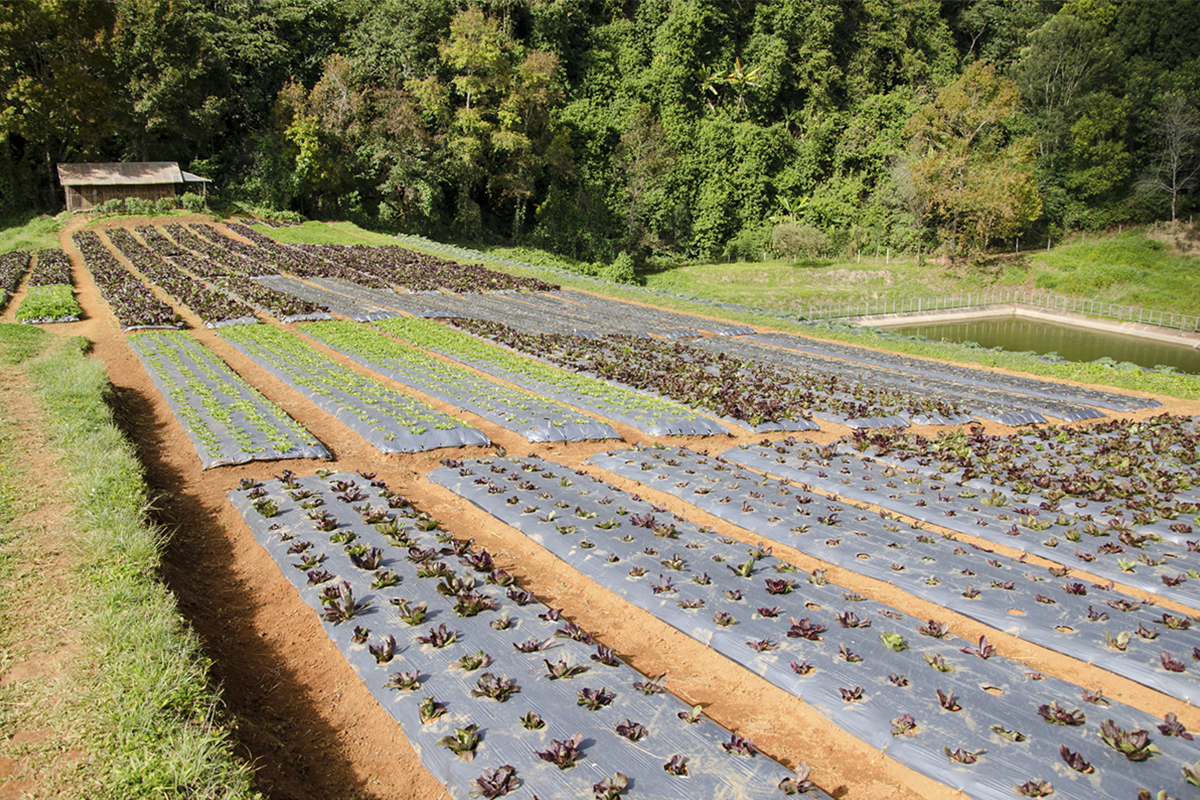+86-159 9860 6917
info@geofantex.com
geofantex@gmail.com
+86-400-8266163-44899
Geosynthetics are a crucial component in modern civil engineering, offering innovative solutions for a wide range of construction challenges. These polymeric (plastic) man-made products used to solve geotechnical problems in construction projects are designed to improve the stability, durability, and longevity of infrastructure. In this article, we’ll explore the characteristics of geosynthetics, the reasons behind their growing use, their future potential, and their sustainability in civil engineering.
What are the characteristics of geosynthetics?
Geosynthetics are man-made materials composed of polymeric or natural substances, including polymers such as polyethylene, polypropylene, and polyester, designed to interact with soil, rock, and other materials in civil engineering projects. The key characteristics of geosynthetics include:
- High Tensile Strength: They can withstand significant stress and strain, making them ideal for reinforcing soil and other materials.
- Permeability: Many geosynthetics are designed to allow water to pass through while preventing soil erosion, which is essential for drainage applications.
- Durability: Geosynthetics are resistant to chemical degradation, UV radiation, and biological factors, ensuring long-term performance in various environmental conditions.
- Flexibility: These materials can be easily adapted to different shapes and surfaces, providing versatile solutions for complex engineering challenges.

Why do we need to use geosynthetics?
Geosynthetics are used in civil engineering to address a variety of challenges, including:
- Soil Stabilization: They help to reinforce and stabilize soil in areas prone to erosion or instability, as well as in stabilising and separating unbound pavement layers, making construction safer and more reliable.
- Water Management: Geosynthetics are used in drainage systems to manage water flow, prevent soil erosion, and protect structures from water damage.
- Cost Efficiency: By reducing the need for traditional construction materials and methods, geosynthetics can lower overall project costs.
- Environmental Protection: Geosynthetics are used in environmental applications, such as landfill liners and erosion control, to prevent pollution and protect natural resources.
What is the future of geosynthetics?
The future of geosynthetics in civil engineering is promising, with ongoing advancements in materials science and engineering practices. Geosynthetics will see a growth in demand in the near future as innovations in geosynthetic materials are likely to lead to:
- Improved Performance: New formulations and manufacturing techniques will enhance the strength, durability, and environmental resistance of geosynthetics.
- Sustainability: As the demand for sustainable construction practices grows, geosynthetics will play a key role in reducing the environmental impact of infrastructure projects.
- Smart Geosynthetics: The integration of sensors and other technologies into geosynthetics could enable real-time monitoring of structural health, improving safety and maintenance practices.
- Expanded Applications: As the capabilities of geosynthetics continue to evolve, their use will likely expand into new areas of civil engineering, including renewable energy projects and urban infrastructure.
Are geosynthetics sustainable?
Yes, geosynthetics are considered sustainable due to their ability to reduce the environmental impact of construction projects. Geosynthetics make infrastructure more sustainable by contributing to sustainability in several ways:
- Resource Efficiency: Geosynthetics can reduce the need for raw materials like concrete and gravel, lowering the overall resource consumption of a project.
- Long Lifespan: Their durability ensures that structures last longer, reducing the frequency of repairs and replacements.
- Environmental Protection: Geosynthetics are used in applications like erosion control and waste containment, helping to protect natural ecosystems from pollution and degradation.
- Recyclability: Many geosynthetics can be recycled at the end of their useful life, further minimizing their environmental footprint.
Geosynthetics are an integral part of modern civil engineering, offering solutions that enhance the performance, durability, and sustainability of infrastructure projects. With their unique characteristics and wide range of applications, geosynthetics are set to play an increasingly important role in the future of construction. As technology advances, these materials will continue to evolve, providing innovative and eco-friendly solutions for the challenges of tomorrow.



Get Free Sample
We’ll respond as soon as possible(within 12 hours)






















